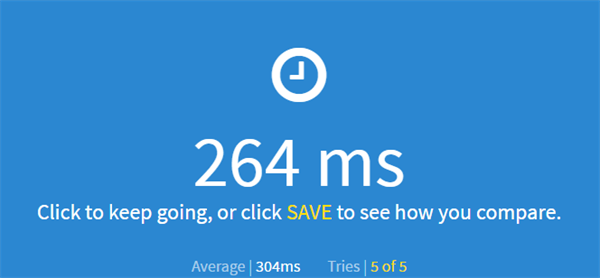Learn & React to Customers in Real-Time

Over the past few years, personalization has been a hot topic - how do we get content in front of Web visitors (known or not) that speaks to where they are in the customer journey, how likely they are to buy, and a number of other factors influencing first and repeat conversions. As more companies adopt personalization technology, consumers' expectations for personalized experiences are growing. Today, the conversation for businesses should not be whether or not they can personalize their site, but rather how can this process be more automated for smarter decisions and quicker response.
Oracle announced this week the release of several new updates to its Customer Experience (CX) Cloud Suite, which Oracle Head CX Evangelist Des Cahill spoke with Website Magazine about prior to the launch. One of the most intriguing innovations released is Adaptive Intelligent Apps for CX, which learn and react in real-time. That's a simple statement, however, so let's break down what exactly that means:
- Learn: These apps (prebuilt to embed in the CX suite) pull in information about the website visitor through the Oracle Data Cloud (more than 6 billion consumers and businesses), third-party data and contextual information (images viewed, clicks made, social activity).
- React: Based on the above data, these apps customize content for each individual person whether it's a landing page, an offer or another asset.
Cahill shared this commerce example: a first-time, anonymous user visits a website where images of bicycles and camping gear is presented, but data is being gathered on him including that he was visiting a ski-destination's website, was looking for flights and posting about his impending ski trip on social media. As the site learns about him, the CX apps begin to switch camping images for skiing ones and artificial intelligence begins to predict and deliver what promotions would work best for him. Shoppers - even those ready to book flights - aren't always ready to commit to purchase on their first visit, so if the person registered to receive emails, Oracle Responsys would take over, emailing him a set of offers tuned to what he did on the site and his history (think skis and boots or even airline partner promotions). This email would direct our skier to a microsite that has been created with a set of offers.
"The coolest thing about it all is this is done without human interaction," said Cahill. "We've achieved a campaign of one. All of a sudden this ecommerce company is able to compete on the same footing as amazon or walmart.com."
- Real-Time: Along with the data mentioned above, Cahill says that this product's key differentiator is that no other vendor has the capability to react to this information in real-time thanks to Oracle hosting on its own cloud platform (rather than relying on third parties for cloud infrastructure). Within 100 milliseconds, these CX apps (a widget of sort) can change the content. Just how fast is 100 milliseconds? There's an easy test that relies on a visitor clicking on "green" as soon as it appears. The leader of this test complied in 102 milliseconds with the average much higher at 215 milliseconds (and this author's higher). Give it a try.

For companies considering chatbots, Cahill says "adoption is equal to adaption" - meaning we're all adapting to how we interact. Some industries, like retail, will need to adopt these innovations faster. Regulated industries, on the other hand, will need to look at these innovations for future use and plan IT infrastructure to adapt.

Subscribe to Our Newsletter!
Latest in Software








